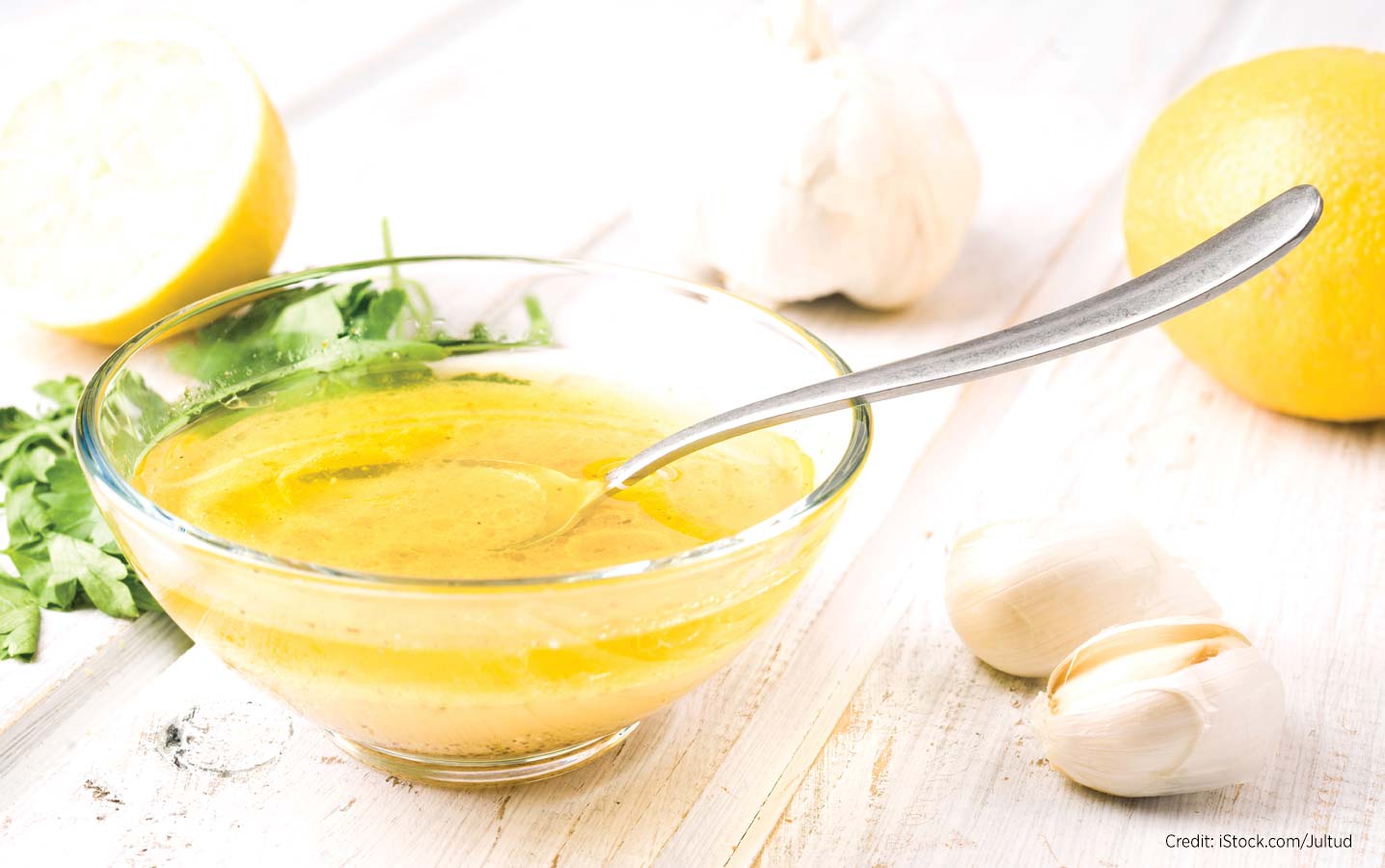Farm show season
 Brooke Hames
Brooke Hames
Marwayne, Alta.
Brooke Hames got to meet Keith Downey at canolaPALOOZA in Lacombe in 2016. Downey, a father of canola, was stationed at the “Triangle of U” plots showing how many common vegetables are close canola relatives. Rutabaga and Siberian kale are Brassica napus, the same species as Argentine canola. Turnip is B. rapa, the same species as Polish canola. Cabbage, broccoli and cauliflower are B. oleracea, a parent species of B. napus.
Hames, who farms in the summer and on weekends with her father, Todd, is studying nutrition at the University of Alberta. “It was really neat to meet Keith Downey, who bred canola to be used for human consumption,” she says. “I’ve always been interested in how what you eat affects your body and your health.”
She says her dad was excited to attend canolaPALOOZA and asked if she wanted to come along.
What caught her eye, in addition to the food-related plots, was the canola stand establishment trials, showing how different row spacings and plant populations can influence results.
In general, what canolaPALOOZA demonstrated for Hames was how many variables farmers must manage – including weather, disease, insects and machinery. “I don’t think people outside agriculture realize the aspects involved in producing their food,” she says.
Your chance for the same experience
CropSphere
Jan 9-11
Saskatoon
cropsphere.com
FarmTech Conference
Jan 31-Feb 2
Edmonton
farmtechconference.com
CropConnect
Feb 15-16
Winnipeg
cropconnectconference.ca
CanoLAB
Feb 15-16
Regina, Sask.
Feb 22-23
Vermilion, Alta.
Mar 15-16
Dauphin, Man.
 Chad Zavislak
Chad Zavislak
Canora, Sask.
Chad Zavislak digs up five to 10 random plants every time he visits a canola field. The owner of Northern Vigor Agronomy Services is constantly on the lookout for anything out of the ordinary that may require immediate treatment or a new approach to management. This includes clubroot – a disease he has never seen in the field (so far) but one he could recognize thanks to participation at canoLAB.
Zavislak has attended the Canola Council of Canada’s hands-on agronomy event in Saskatoon and Brandon over the years. “You can look at a picture in a textbook or online, but it’s not the same as seeing the real thing,” he says. At canoLAB in Brandon in 2016, he got to practice washing off canola roots to check them for galls. The lab also had lots of samples of galled roots. “Being able to see the real thing was worth the whole trip,” he says.
“Clubroot is not something I want to see in my area, but I know it’s knocking on the door,” he says.
Five years ago, Zavislak was checking some canola plants damaged by Group 4 herbicide drift. Looking at the roots, he noticed – with some alarm – that they were covered in little galls. He sent them away for testing and it turned out, thankfully, to be hybridization nodules – which are smaller than clubroot galls but often confused with clubroot. With his canoLAB experience, Zavislak is much more equipped to identify clubroot galls if they do show up.
CanoLAB also expanded his network. He “got to rub shoulders” with Dan Orchard and John Gavloski, and now feels more inclined to call them if he has questions. Orchard is the Canola Council of Canada agronomy specialist for North Central Alberta and has a lot of experience with clubroot. Gavloski is the provincial entomologist for Manitoba Agriculture.
“I go to canoLAB for the quality of the presenters,” he says. “Whether clubroot or swede midge or verticillium – issues I don’t have a lot of experience with – I can go to canoLAB and learn about them from the who’s who of the agriculture industry.”
 Mark Keating
Mark Keating
Russell, Man.
When Mark Keating finally grew his first crop of Harvest wheat, it demonstrated what, to him, is a major problem with variety testing: it isn’t local enough. He had avoided growing the variety when it first came out because it had a relatively poor rating for fusarium resistance. When he finally did give it a try, Harvest performed exceptionally well and went on to become one of the most popular wheat varieties in his Parkland area of Manitoba for many years.
“Because of results generated under completely different growing conditions, I had deliberately avoided a variety that is extremely well adapted to the unique climate in my area,” he says. “Not only that, my seed customers were also missing out because I hadn’t recognized the value of this variety.”
That experience combined with moves away from efficacy requirements for newly-registered fertilizer products made Keating realize the need for more on-farm testing. “All levels of government seem to be moving away from testing, which puts the onus on farmers to do more,” he says.
Keating went to CropConnect in Winnipeg in February to learn how to properly run a trial. “I found out that on-farm testing might not be as complicated as one might think,” he says. “The biggest challenge is just to get it done.”
Replicated strip tests for varieties or products or techniques are relatively easy to set up. Finding time to harvest the strips, weigh each result separately and record the data is often when on-farm tests fall apart.
“On-farm testing might not be as complicated as one might think. The biggest challenge is just to get it done.”
In 2016, Keating finally conducted his first replicated strip trial, testing two different wheat varieties – AAC Brandon and AAC Penhold – for relative yield and protein. In this case, the results were about what he expected, with AAC Penhold outyielding AAC Brandon by 14 per cent but exhibiting 0.7 per cent lower protein. This is valuable data that Keating can plug into his own crop budgets to determine each variety’s suitability to his operation.
Presentations at an event like CropConnect, which Manitoba Canola Growers Association co-hosts, are just one reason to attend. The networking opportunities make attendance worthwhile, Keating says. “Social media is a great aid to networking,” he says, “but sometimes there’s no better way to learn from someone than sitting down and having a coffee or beer with them.”
 Doyle Wiebe
Doyle Wiebe
Langham, Sask.
Doyle Wiebe got better-than-expected yields this fall on canola fields seeded into fababean stubble. He knows the value of pulses in his canola-cereals rotation, but he has struggled in the past to get the results he wants from peas and lentils.
“We have sandy soil, so cutting low to get peas and lentils is hard on my harvest equipment,” Wiebe says, “and I have a bias toward crops that leave enough stubble to hold snow.” Due to unsatisfactory results in the area from peas and lentils, he went many years without growing any pulses at all.
“I was looking for an opportunity to grow pulses again,” Wiebe says, so when his farming partner, who had done some trials with fababeans, suggested they give that crop a try, he went for it.
“I’m still learning how to grow the crop better,” Wiebe says, which gave him another good reason to attend CropSphere in Saskatoon.
The SaskCanola director had a few canola-related duties at the January multi-crop event – so he would have attended regardless – but he found a moment to take in a fababean talk by Sherrilyn Phelps, agronomy and seed program manager with SaskPulse. “I’m a conference junky,” he says. “I still prefer in-person presentations.”
Conferences like CropSphere also give Wiebe a chance to interact with other farmers around coffee and lunch tables. From these conversations he learns new tips and “takes away things that help affirm my thoughts on certain practices.”
Langham has become a bedroom community to Saskatoon, and Wiebe says it doesn’t have a farmer-focused coffeeshop like you might find in towns further from major centres. CropSphere is like Wiebe’s giant coffeeshop.
To set up on-farm trials in 2017, follow the Ultimate Canola Challenge protocols found here: canolacouncil.org/crop-production/ultimate-canola-challenge/





